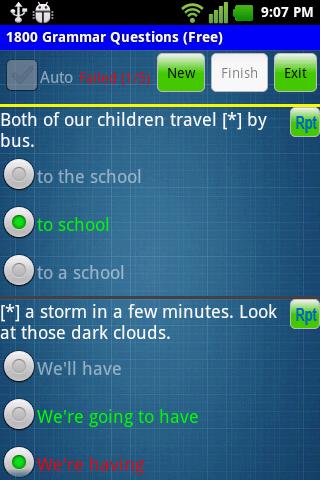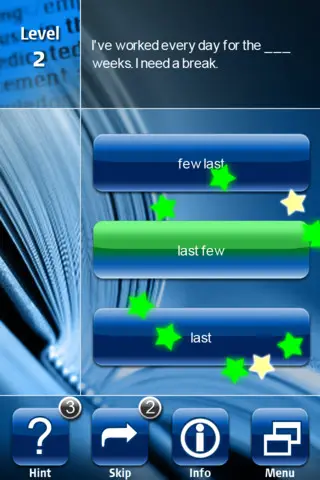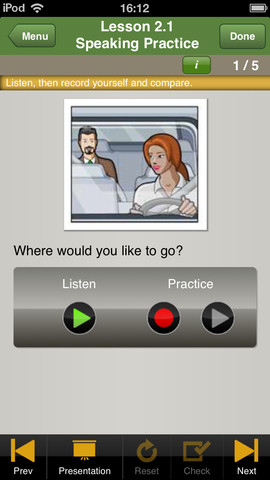Prepositions of Place: at, in, on
I’ve seen many ways to help students understand prepositions and I have come to the conclusion that EnglishClub does it the best!
In general, we use:
- at for a POINT
- in for an ENCLOSED SPACE
- on for a SURFACE
| at | in | on |
| POINT | ENCLOSED SPACE | SURFACE |
| at the corner | in the garden | on the wall |
| at the bus stop | in London | on the ceiling |
| at the door | in France | on the door |
| at the top of the page | in a box | on the cover |
| at the end of the road | in my pocket | on the floor |
| at the entrance | in my wallet | on the carpet |
| at the crossroads | in a building | on the menu |
| at the front desk | in a car | on a page |
Look at these examples:
- Jane is waiting for you at the bus stop.
- The shop is at the end of the street.
- My plane stopped at Dubai and Hanoi and arrived in Bangkok two hours late.
- When will you arrive at the office?
- Do you work in an office?
- I have a meeting in New York.
- Do you live in Japan?
- Jupiter is in the Solar System.
- The author’s name is on the cover of the book.
- There are no prices on this menu.
- You are standing on my foot.
- There was a “no smoking” sign on the wall.
- I live on the 7th floor at 21 Oxford Street in London.
Notice the use of the prepositions of place at, in and on in these standard expressions:
| at | in | on |
| at home | in a car | on a bus |
| at work | in a taxi | on a train |
| at school | in a helicopter | on a plane |
| at university | in a boat | on a ship |
| at college | in a lift (elevator) | on a bicycle, on a motorbike |
| at the top | in the newspaper | on a horse, on an elephant |
| at the bottom | in the sky | on the radio, on television |
| at the side | in a row | on the left, on the right |
| at reception | in Oxford Street | on the way |
http://www.englishclub.com/grammar/prepositions-at-in-on-place.htm





